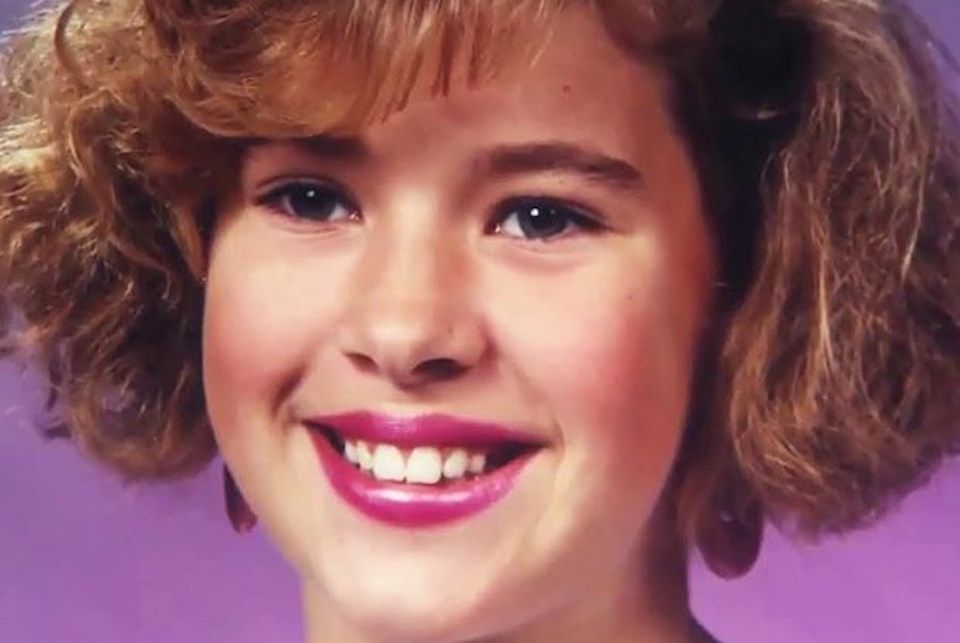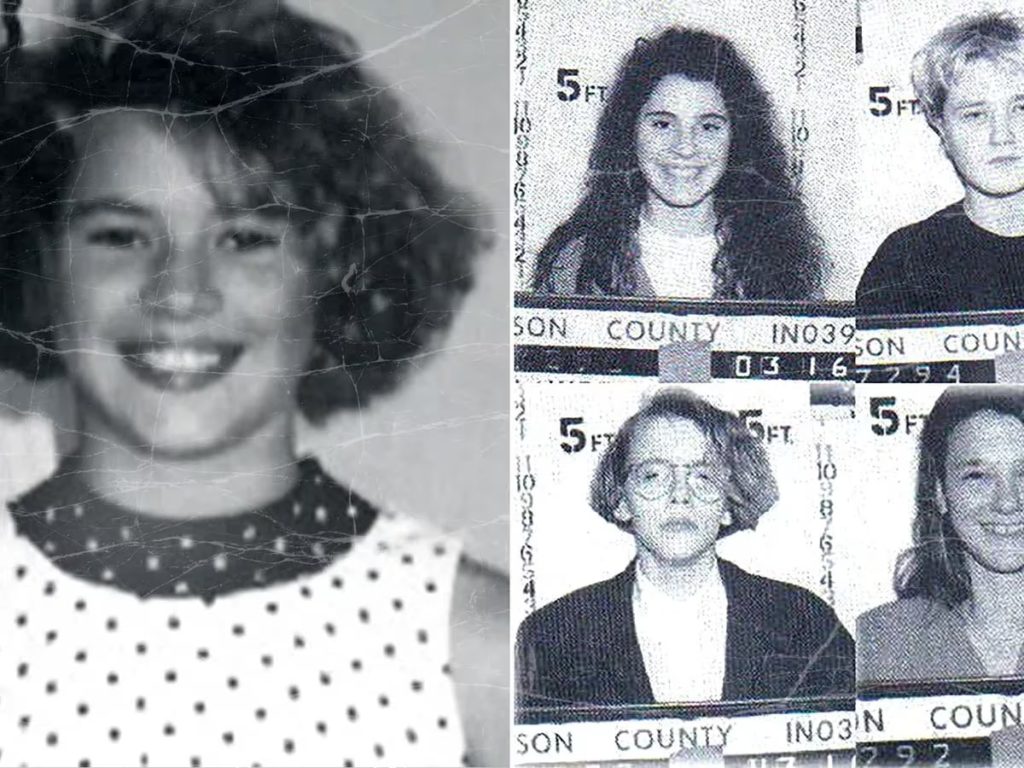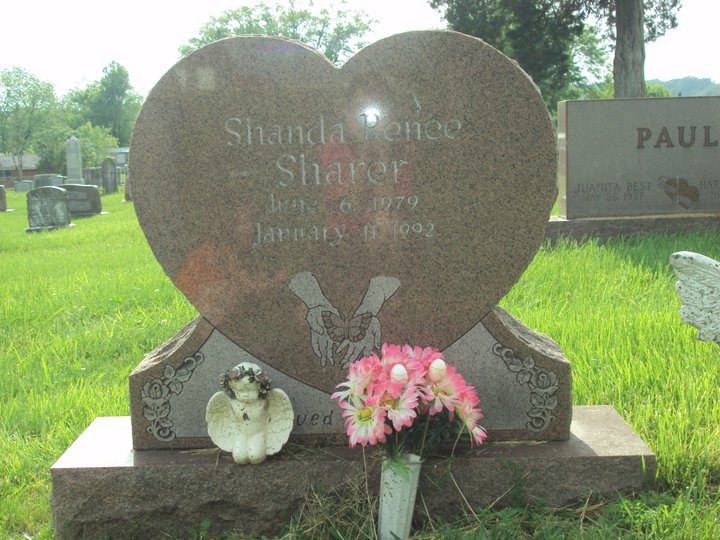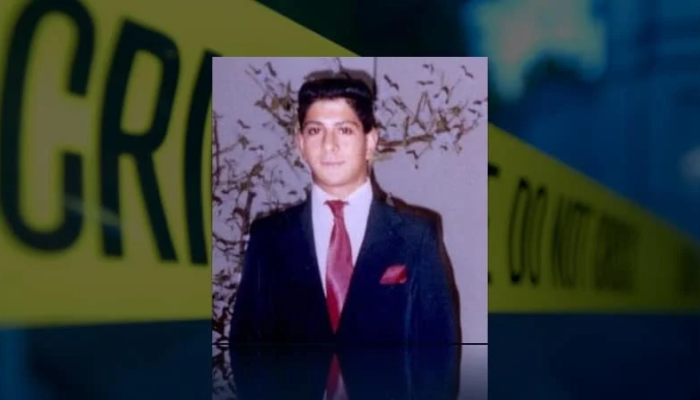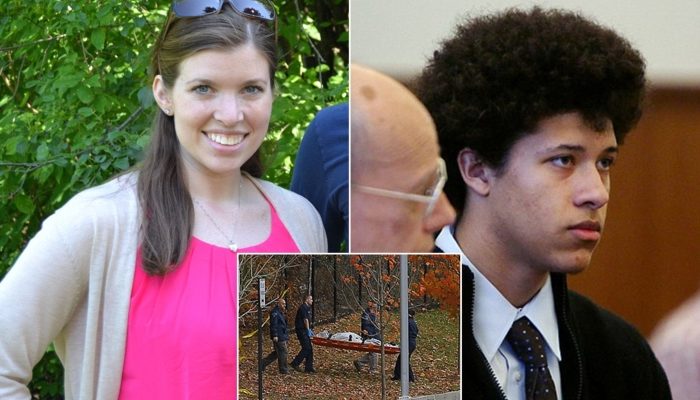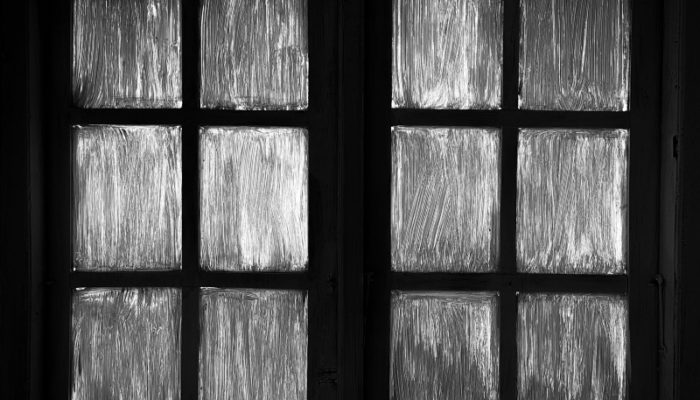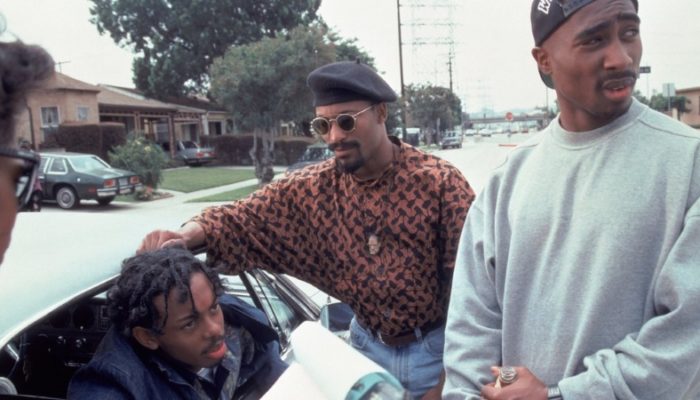In the annals of authentic crime records, few cases evoke the extent of surprise and horror as the homicide of Shanda Sharer. Born on June 6, 1979, in Pineville, Kentucky, Shanda’s existence was tragically cut short on January 11, 1992, in Madison, Indiana. At the tender age of 12, Shanda fell into a gruesome act perpetrated by way of 4 teenage girls sending shockwaves through the state. This blog delves into the chilling information about Shanda Sharer’s lifestyle, the events leading to her tragic death, and the long-lasting impact of this heinous crime.
Early Life of Shanda Sharer:
Shanda Renée Sharer’s adolescence was marked by the standard joys and demanding situations confronted using many youngsters. Born on June 6, 1979, at Pineville Community Hospital in Pineville, Kentucky, she entered the sector as the daughter of Stephen Sharer and Jacqueline Vaught. Little did her circle of relatives recognize that their lives might take an unimaginable flip, culminating in a sad event that might grip the nation.
Shanda’s mother and father finally divorced, prompting her mom, Jacqueline, to remarry. The family relocated to Louisville, where Shanda spent her adolescence. During her time at St. Paul School, Shanda changed into a lively participant in various sports, showcasing her athleticism and crew spirit with the aid of joining the cheerleading, volleyball, and softball groups.
However, lifestyles took every other turn when Shanda’s mom went through every other divorce. In June 1991, the family moved to New Albany, Indiana, where Shanda enrolled at Hazelwood Middle School. Despite the challenges of adapting to a new environment, she displayed resilience and continued to interact in college lifestyles.
Later in the faculty year, Shanda transferred to Our Lady of Perpetual Help School, a Catholic faculty in New Albany. Here, she not only focused on her academic pastimes but also joined the girls’ basketball team, similarly highlighting her dedication to sports and camaraderie.
School Years and Extracurricular Activities:
Sharer’s school years have been a colorful chapter in her life, marked by her enthusiasm for schooling and energetic participation in a variety of extracurricular activities. From her early days at St. Paul School in Louisville to her later years at Hazelwood Middle School and Our Lady of Perpetual Help School in New Albany, Indiana, Shanda’s adventure pondered a younger woman’s zest for existence.
During her time at St. Paul School, Shanda immersed herself in various extracurricular sports, showcasing her athleticism and crew spirit. She has become a quintessential part of the faculty’s cheerleading squad, in which her electricity and enthusiasm shone. Additionally, she joined the volleyball and softball teams, demonstrating now not only her bodily prowess but also her dedication to fostering camaraderie in the school network.
The pass to Hazelwood Middle School provided Shanda with new demanding situations and opportunities. Despite the modifications that include converting faculties, she navigated the transition with grace. Her engagement in faculty life endured, and she persisted in being an active member of the pupil frame.
Later, the family’s flow to New Albany saw Shanda enrolling in Our Lady of Perpetual Help School, a Catholic institution. Here, her commitment to extracurricular sports remained glaring as she joined the girl’s basketball group. Through her involvement in sports activities, Shanda no longer honed her physical competencies but additionally forged connections and friendships that introduced depth to her college level.
The Night of January 10, 1992:
The night of January 10, 1992, marked a chilling flip of events that might for all time trade the path of Shanda Sharer’s life. On this fateful night time, a set of teenagers, inclusive of Melinda Loveless (sixteen), Laurie Tackett (17), Hope Rippey (15), and Toni Lawrence (15) launched into a journey from Madison to New Albany that might culminate in a heinous and not possible crime.
Driving in Tackett’s car, the group made their way to Loveless’s house in New Albany. Unbeknownst to Shanda, this seemingly innocuous gathering became the backdrop for a disturbing plan that was brewing among the various ladies. Melinda Loveless, fueled by jealousy and resentment, had orchestrated a night of impossible horror.
As the organization converged at Loveless’s house, tensions escalated. The motives in the back of the heinous act were rooted in a poisonous mixture of teen rivalry, jealousy, and a distorted sense of revenge. Melinda Loveless, the mastermind, harbored intense emotions of envy closer to Shanda due to a perceived romantic connection with every other female, Amanda Heavrin.
What unfolded that night defies comprehension. The 4 teenage girls subjected Shanda Sharer, a 12-year-old innocent soul, to a brutal and torturous ordeal. The details of the crime are harrowing, regarding bodily assault and mental torment that extended into the early hours of January 11, 1992.
The activities that transpired that nighttime shook the rules of the New Albany community and left an indelible scar on the nation’s collective cognizance. Sharer’s ultimate moments had been marred by unspeakable cruelty, perpetrated using those she considered friends.
The heinous acts committed on the night time of January 10, 1992, might no longer lead to the loss of promising younger lifestyles however additionally disclose the darkest depths of human cruelty to a few of the perpetrators. The shockwaves from this night reverberated a long way past the limits of New Albany, leaving a long-lasting effect on the real crime panorama and prompting soul-looking reflections on the nature of violence and the vulnerability of the younger.
The Perpetrators – A Shocking Revelation
The perpetrators behind the frightening murder of Sharer are a chilling testament to the darkish complexities of youth feelings and relationships. The institution of stripping women accountable for this heinous act blanketed Melinda Loveless (sixteen), Laurie Tackett (17), Hope Rippey (15), and Toni Lawrence (15). Each played a function in the making plans and execution of the crime, revealing a demanding blend of jealousy, resentment, and a distorted experience of vengeance.
Melinda Loveless: The Mastermind:
Melinda Loveless emerged as the mastermind behind the gruesome plan that opened up on the night of January 10, 1992. Fueled by severe jealousy, Loveless harbored resentment towards Sharer, believing that Shanda had ended up romantically concerned with another girl, Amanda Heavrin. Loveless’s fixation on Shanda’s perceived betrayal led to a demanding desire for revenge.
Laurie Tackett: The Enforcer:
Laurie Tackett played an essential position in the events that transpired that night. Acting as an enforcer, Tackett’s involvement went beyond mere participation; she actively engaged in the physical and mental torment inflicted upon Shanda Sharer. Tackett’s moves underscored the intensity of cruelty that spread out within the institution.
Hope Rippey and Toni Lawrence: Accomplices in Tragedy:
Hope Rippey and Toni Lawrence were additionally energetic members of the ugly acts perpetrated in opposition to Sharer. Their involvement, although wonderful from Loveless and Tackett’s roles, implicated them as inclined accomplices. The motivations at the back of their participation are numerous, highlighting the complex interplay of juvenile emotions within the institution.
The revelation of these perpetrators is no longer most effective for the local people in New Albany but also the country at large. The fact that one of these heinous crimes can be orchestrated and finished via teenage girls brought an unprecedented layer of horror to the already surprising narrative. The motives at the back of their movements spoke volumes about the vulnerability of young minds to intense emotions, peer pressure, and distorted perceptions of justice.
The aftermath of the crime could now not simply lead to felony consequences for Loveless, Tackett, Rippey, and Lawrence but would also spark off a societal reckoning with the elements that contributed to any such tragic and mindless act. The profiles of those younger perpetrators function as a stark reminder of the capacity for darkness that can fester in the seemingly harmless facade of early life.
The Investigation and Legal Proceedings:
The discovery of Sharer’s burned and dead body on the morning of January 11, 1992, marked the start of a meticulous investigation that would get to the bottom of the heinous crime dedicated to Melinda Loveless, Laurie Tackett, Hope Rippey, and Toni Lawrence.
Discovery of the Crime Scene:
On that fateful morning, two brothers from Canaan were en route to Jefferson Proving Ground for a search trip. As they drove, they observed what first of all seemed like a discarded model on the side of the road. Upon nearer inspection, the bleak reality became apparent – it became the charred remains of a toddler. They contacted the police at 10:55 a.m. And had been instructed to live at the scene.
State trooper David Camm, Jefferson County Sheriff Buck Shipley, and detectives launched a right away research. The crime scene supplied a horrific tableau, with Shanda’s body posed suggestively. The planned try to preserve her unrecognizable through the burning of her face and fingers introduced a layer of cruelty to an already unthinkable act. Shanda’s frame, located inside the ‘pugilistic stance’ with outstretched palms and clenched fists, bore witness to the anguish she persevered in her very last moments.
Forensic Examination and Initial Suspicions:
Initially suspecting a drug deal long past wrong, investigators collected forensic evidence to piece together the puzzle. The brutality of the crime and the planned attempt to hide Shanda’s identity indicated a level of premeditation that demanded a radical investigation.
Law enforcement did now not at once suspect locals in the crime, elevating questions about the purpose and capability connections of the perpetrators. The surprising nature of the homicide left the network grappling with disbelief, as the research sought to untangle the net of occasions main to Shanda’s tragic cease.
Legal Proceedings and Sentencing:
As the investigation opened up, Melinda Loveless, Laurie Tackett, Hope Rippey, and Toni Lawrence were apprehended and faced prison consequences for their roles in the crime. The felony court cases resulted in the following sentences:
- Loveless and Tackett: 60 years in jail (Loveless paroled after 26 years, Tackett paroled after 25 years)
- Rippey: 35 years in jail (paroled after 14 years)
- Lawrence: 20 years in jail (paroled after 9 years)
These sentences reflect the severity of their actions, acknowledging the irreversible trauma inflicted upon Shanda Sharer and the profound effect on her family and the network. The next parole of a number of the perpetrators increases complicated questions about the justice system’s approach to rehabilitation and punishment.
The legal proceedings, even as presenting a measure of closure, cannot erase the deep scars left with the aid of the tragedy. Shanda’s tale serves as a stark reminder of the outcomes of unchecked cruelty and the importance of a justice gadget that seeks accountability and rehabilitation.
Impact on True Crime Culture:
The brutal homicide of Sharer not only shook the New Albany community but also left a long-lasting mark on authentic crime culture, influencing media representations, discussions, and public perceptions of crime. The shocking nature of the case and its aftermath have reverberated through numerous sides of famous subcultures, each in the immediate aftermath and in the years that followed.
National News Coverage and Talk Show Discussions:
The sensational and grotesque nature of Shanda Sharer’s murder captured the attention of the state, mainly due to massive insurance via countrywide news retailers and talk shows. The case has become a focus for discussions on the vulnerability of teens, the consequences of unchecked cruelty, and the potential risks lurking inside seemingly regular groups.
Influence on Fictional Crime Shows and Documentaries:
The effect of Sharer’s murder extends beyond information insurance. The case has inspired numerous episodes of fictional crime shows, documentaries, and genuine crime podcasts. Writers and manufacturers have explored the complexities of the crime, losing light on the psychological dynamics of some of the perpetrators and the societal factors that could have contributed to the tragedy.
Legacy in Public Awareness:
The legacy of Sharer’s case endures in public consciousness, serving as a cautionary story in opposition to the dark undercurrents that could exist within reputedly close-knit communities. The case prompts mirrored images of problems such as youngster violence, peer strain, and the significance of fostering empathy and conversation among teens.
The chilling details of Shanda’s homicide have emerged as a touchstone for discussions on the mental factors of crook behavior, the effects of bullying, and the obligation society bears in preventing such tragedies. In this sense, the case has contributed to a heightened attention to the elaborate elements that may cause heinous crimes, encouraging communities to be vigilant and proactive in addressing underlying issues.
Reflections and Lessons Learned:
The brutal murder of Shanda Sharer in 1992 serves as a stark reminder of the profound impact that unchecked cruelty and toxic relationships may have on the lives of people, especially susceptible teenagers. As we reflect on this tragic bankruptcy in true crime history, numerous key reflections and lessons emerge:
- The Fragility of Adolescence: Sharer’s story highlights the vulnerability of teenagers who navigate the complexities of emotions, relationships, and peer pressure. The perpetrators’ actions underscore the capacity outcomes whilst such vulnerability is exploited and left unaddressed.
- The Dark Side of Jealousy and Resentment: The purpose behind Shanda’s homicide, rooted in jealousy and resentment, exposes the dark facet of human emotions. It prompts a mirrored image of the importance of fostering healthy emotional development and coping mechanisms, in particular at some point in childhood.
- The Role of Peer Pressure: The involvement of multiple people in the crime points to the strength of peer strain and the desire to suit in, even when it ends in heinous acts. Understanding and addressing the dynamics of peer influence is essential for promoting high-quality social behaviors among youth.
- Societal and Cultural Implications: Sharer’s case increases questions on societal and cultural elements that can contribute to extreme acts of violence. It prompts a broader dialogue about the effect of media, societal expectations, and the need for supportive surroundings that encourage open communique and empathy.
- Addressing Teen Violence and Bullying: The tragedy underscores the urgency of addressing youngster violence and bullying inside colleges and communities. Teachers, parents, and community leaders play pivotal roles in developing environments where young individuals feel secure, heard, and supported.
Additional Tips:
- Approach with Sensitivity: When discussing the homicide of Shanda Sharer, technique the subject with sensitivity. Acknowledge the gravity of the crime and the impact it had on Shanda’s life, her circle of relatives, and the community. Use respectful language and avoid sensationalizing details for shock value.
- Provide Resources for Support: Recognize that discussions about violent crimes can be emotionally difficult. Include data approximately resources for intellectual health guides or helplines for readers who may be affected by the content material. Encourage searching for expert assistance if wished.
- Emphasize the Educational Aspect: Frame the discussion as an opportunity to study a sad occasion, emphasizing the importance of expertise in the factors that contribute to such crimes. Focus on the broader societal classes and the potential for superb alternatives.
- Highlight Prevention and Awareness: Encourage discussions around preventing teen violence, fostering wholesome relationships, and raising awareness about the symptoms of bullying. Empower readers with information on how they could contribute to developing more secure communities.
- Address Misconceptions: Clarify any unusual misconceptions or incorrect information surrounding the case. Provide correct facts to ensure a nuanced understanding of the occasions and the impact they had on various individuals.
Conclusion
In conclusion, the tragic homicide of Shanda Sharer in 1992 stands as a chilling reminder of the dark depths that human cruelty can reach, specifically among susceptible young adults. The profound effect of this heinous crime has left an indelible mark on the true crime way of life, influencing media representations and prompting crucial conversations on societal and cultural implications. Shanda’s tale emphasizes the fragility of childhood, the consequences of unchecked jealousy, and the vital importance of addressing youngster violence and bullying.
As we replicate in the classes learned from this heartbreaking case, there is a collective duty to foster empathy, compassion, and open verbal exchange to save you from similar tragedies. Shanda Sharer’s reminiscence serves as a poignant call to create an international in which information and kindness succeed, ensuring that her legacy contributes to a safer and greater compassionate future.
FAQs:
Q1: Who were the perpetrators of the murder of Shanda Sharer?
A1: The perpetrators of Shanda Sharer’s homicide have been Melinda Loveless, Laurie Tackett, Hope Rippey, and Toni Lawrence. Each played a role in the making plans and execution of the crime, which came about on the night of January 10, 1992.
Q2: What were the motives behind Sharer’s murder?
A2: The number one reason behind Sharer’s homicide changed into severe jealousy and resentment, particularly on the part of Melinda Loveless. Loveless believed that Shanda had ended up romantically concerned with every other female, mainly due to a distorted desire for revenge.
Q3: How is Sharer’s frame located?
A3: Two brothers from Canaan determined Sharer’s burned frame at the side of the road on the morning of January eleven, 1992. Initially mistaking it for a model, they found out the grim reality upon closer inspection and without delay contacted the police.
Q4: What were the final results of the felony complaints for the perpetrators?
A4: Melinda Loveless and Laurie Tackett received 60 years in prison (Loveless paroled after 26 years, Tackett paroled after 25 years). Hope Rippey was sentenced to 35 years in prison (paroled after 14 years), and Toni Lawrence obtained a 20-year sentence (paroled after nine years).
Q5: How did the homicide of Sharer affect the authentic crime lifestyle?
A5: The homicide of Shanda Sharer left a long-lasting impact on true crime culture, influencing countrywide news coverage, communicating display discussions, and galvanizing episodes on fictional crime shows and documentaries. It brought on reflections on teen violence, bullying, and societal factors contributing to such tragedies.
READ MORE: The Murder Mystery of Breck Bednar

